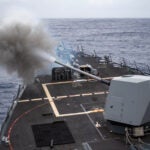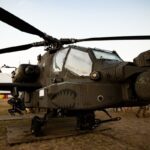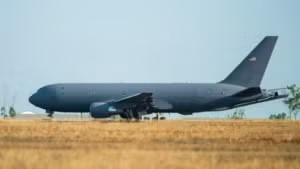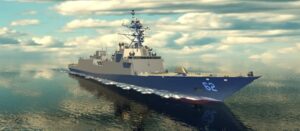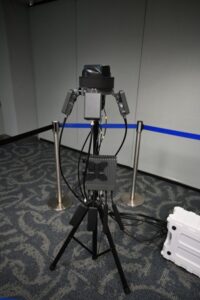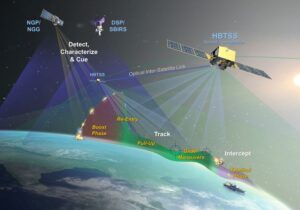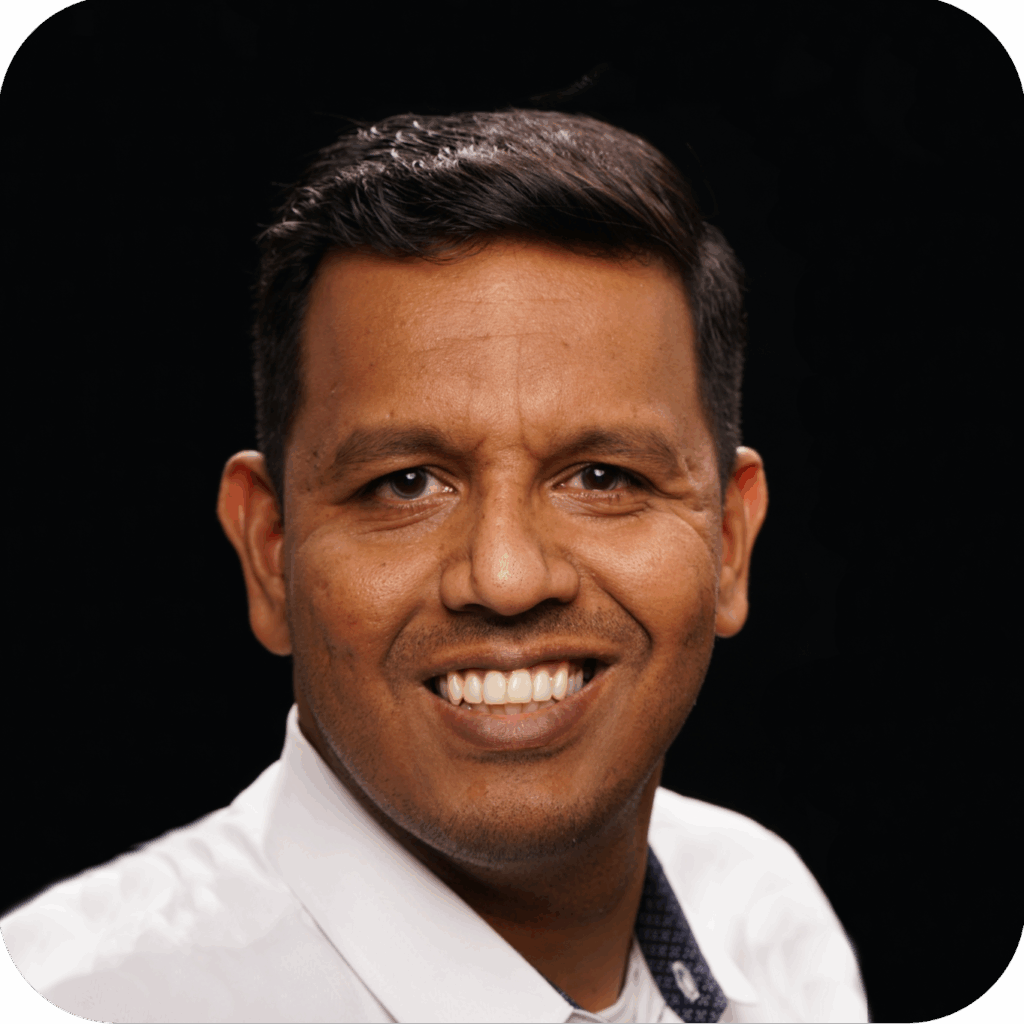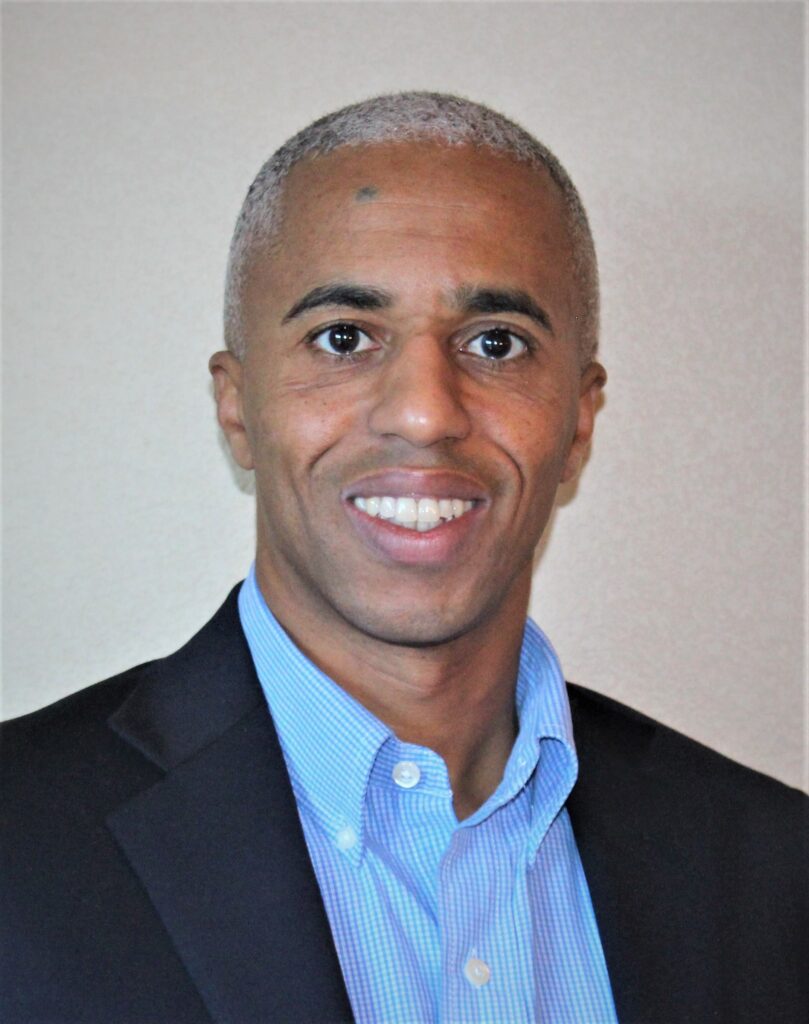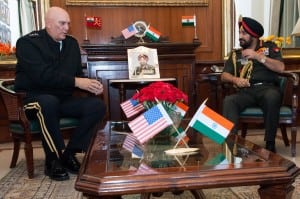
Just back from a trip to India, U.S. Army Chief of Staff Gen. Raymond Odierno said the visit showed him the two armies are more alike than different. “One thing I realized was how much we have in common,” Odierno said yesterday at the American Enterprise Institute’s Marilyn Ware Center for Security Studies. “We can learn from each other.” Not only are the United States and India the two largest democracies in the world, but they have two very professional…

 By
By 